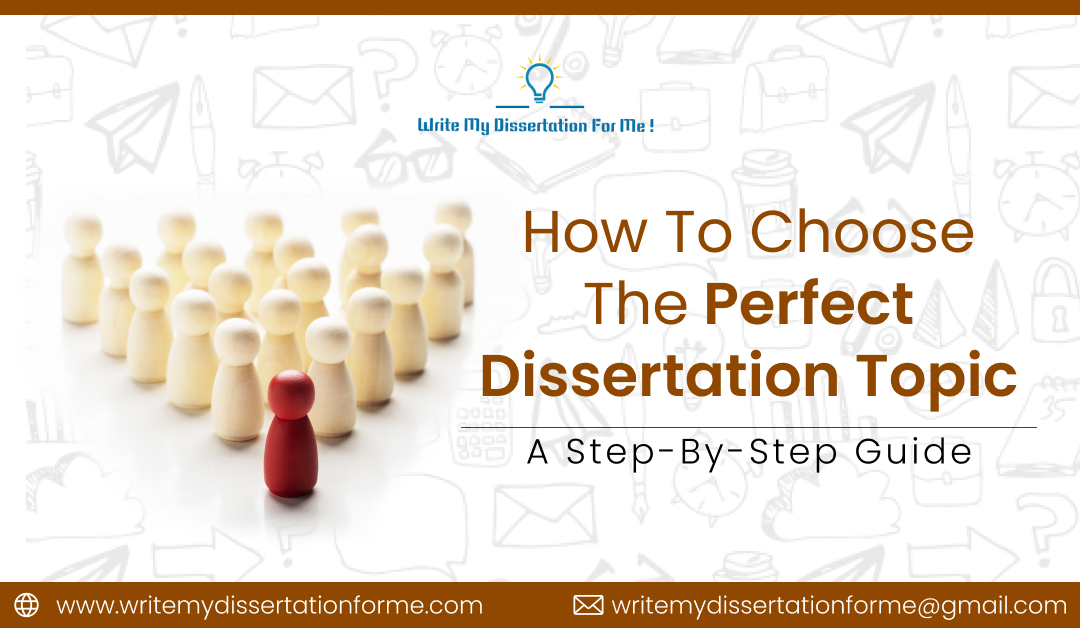How To Write Methodology in a Research Paper
June 16 2025 | 05 min read

One critical phase in the research process is creating a methodology for a study proposal. It provides a clear strategy for how the research will be carried out by detailing the methodologies and tactics to be employed for data collection and analysis. The methodology section gives a logical and comprehensive structure for the study, demonstrating the researcher's thorough understanding of research principles.
The UK Research Integrity Office found that unexplained techniques are responsible for nearly 80% of research proposal rejections. This highlights the significance of using a robust and precise methodological approach to boost the odds of acceptance. Interestingly, the bulk of the remaining 20% frequently use professional dissertation writing services or research proposal writing assistance to achieve stringent academic requirements.
A clear approach provides readers or reviewers with confidence that the study is credible, ethical, and practical—all of which are especially crucial when seeking financing or institutional permission. In this article, we'll lead you through the essential steps for developing a compelling methodology for your research proposal.
What is the purpose of the research proposal methodology section?
Before you begin writing, it's crucial to grasp the role of the methodology section of a study proposal. The methodology is clarified.
- How the study will be carried out: By outlining particular processes and research methods.
- These strategies are appropriate because they support the decisions made during data collection and analysis.
- How will you assure rigor and reliability? It ensures the methodological quality and credibility of the findings.
- How ethical issues will be addressed: This is especially important when researching human beings.
When students struggle with this portion, they frequently ask, Can someone write my research proposal for me?. The answer is yes—many people use Dissertation Writing Assistance services to ensure their methodology part fulfills academic standards.
Writing a methodology for a research proposal:
You might seek research methodological assistance or expert assistance from Dissertation Writing Services to establish a solid foundation for your proposal. Now that we've established the objectives of the methodology section, let's look at how to write one step by step.
1. Start With an Unambiguous Research Design:
The research design is the initial component of your methodology—it serves as the blueprint for your investigation. It addresses the "how" of the problem and consists of the following types:
- Qualitative design emphasizes subjective experiences and in-depth understanding.
- Quantitative design involves measurable data and statistical analysis.
- Mixed-Methods Design: Combines qualitative and quantitative methodologies to provide a more comprehensive perspective.
Your research aims and questions should guide your design selection. For example, if you want to investigate how cultural influences influence decisions, a qualitative design is suitable. If you're looking to evaluate the relationship between cultural values and consumer behavior, a quantitative strategy may be more effective.
2. Selecting Your Research Methodology (Qualitative, Quantitative, or Mixed Methods)
Indicate whether your research involves qualitative, quantitative, or mixed methodologies. Each has its own set of tools and processes, which must be well described.
Qualitative methods:
- Data collection includes case studies, interviews, focus groups, and observations.
- Sampling Strategy: Use purposive, snowball, or convenience sampling and explain why your strategy is appropriate for the research.
- Data Analysis Techniques: Use grounded theory, thematic analysis, or content analysis to describe the coding and topic identification process.
Quantitative Methods:
- Data collection tools include surveys, experiments, and secondary data sources. Explain the design and structure in detail.
- Sampling Strategy and Size: Choose random, stratified, or cluster sampling. Use commonly accepted formulas to justify the sample size.
- Variables and Hypotheses: Define the independent, dependent, and control variables. Explain your hypothesis.
- Statistical Analysis: Specify the tests (ANOVA, t-tests, regression) and software (SPSS, R, or STATA) used.
Mixed Methods:
- Justification: Explain why combining the two strategies is required.
- Data Integration: Determine how you will combine findings—will one phase inform the next, or will they be analyzed independently?
3. Outline Participants and Sampling:
Whether your approach is qualitative or quantitative, you must plan how you will recruit people.
- Population: Define your target population, such as those over the age of 60 who have Type 2 diabetes.
- Choose between random, purposive, and convenience sampling, and explain why.
- Sample Size: Explain how many participants you'll have and why that amount is statistically or thematically valid.
4. Using Appropriate Data Collection Methods:
Data gathering is one of the most important aspects of your process.
Qualitative Data Collection:
- Describe whether the interviews were organized, semi-structured, or unstructured.
- Mention how long the interviews will last, how they will be taped, and where they will take place.
- If you're doing focus groups, discuss your moderating procedures and group sizes.
Quantitative Data Collection:
- Clarify whether surveys are conducted online or in person.
- Explain the many sorts of questions, scoring systems, and test processes used in experiments.
Mixed-Methods Data Collection:
- Indicate whether qualitative or quantitative data will be collected initially.
- Provide deadlines and integration methods.
5. Conducting Data Analysis:
This section describes how you will evaluate the data you acquire.
Qualitative Analysis:
- Apply grounded theory, narrative, or theme analysis.
- Describe your coding methodology and how themes will be extracted.
- Mention any program, such as NVivo or ATLAS.ti.
Quantitative Analysis:
- Include statistical tests such as regression analysis and ANOVA.
- Indicate the software used: SPSS, R, or STATA.
- Make sure the approaches match your research questions and hypotheses.
Mixed Methods Analysis:
- Determine how and when the two types of data will be integrated.
- Explain whether each set will be evaluated separately before being compared, or if they will be merged from the start.
6. Analyzing the Study's Limitations:
Every approach should provide a brief mention of constraints. Addressing these issues upfront demonstrates maturity and credibility.
Examples:
- In qualitative research, small sample sizes might hinder generalizability.
- In quantitative investigations, you may not be able to control all variables or obtain perfect representation.
By explicitly acknowledging constraints, you increase the transparency and integrity of your work. Many students use Dissertation Writing Assistance to constructively frame their constraints.
Conclusion:
A well-crafted methodology is critical to ensure the rigor, feasibility, and dependability of your research. It outlines a detailed plan for study design, participant sampling, data collecting, and analysis—all of which must be consistent with your research objectives. A detailed methodology reassures evaluators that your project is both ethical and feasible.
When students feel overwhelmed, they often ask, Can someone write my research proposal for me? Help is accessible, which is wonderful news. Professional Dissertation Writing Services and Research Proposal Writing Assistance can provide the structure and clarity needed to enhance your chances of approval or funding. By carefully addressing each component, your technique serves as the foundation for a successful research project.
If you loved reading this, please share this,
also read

How to Structure Your Dissertation Methodology Chapter: Best Practices
Your research project's dissertation methodology chapter is essential. It describes the procedures and strategies you follow ...

How to Choose the Perfect Dissertation Topic: A Step-by-Step Guide
Selecting the ideal dissertation topic is an essential part of your educational process. It lays the groundwork for your inve...

Top 10 Reasons to Hire a Dissertation Assistance Service
One of the hardest academic tasks a student might encounter is writing a dissertation. It can take years to become proficient...